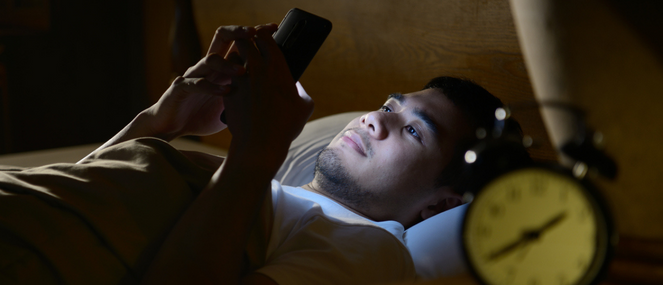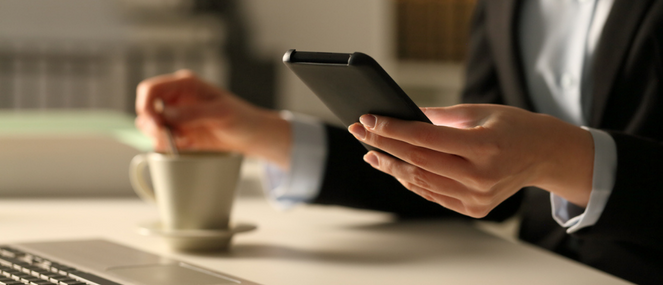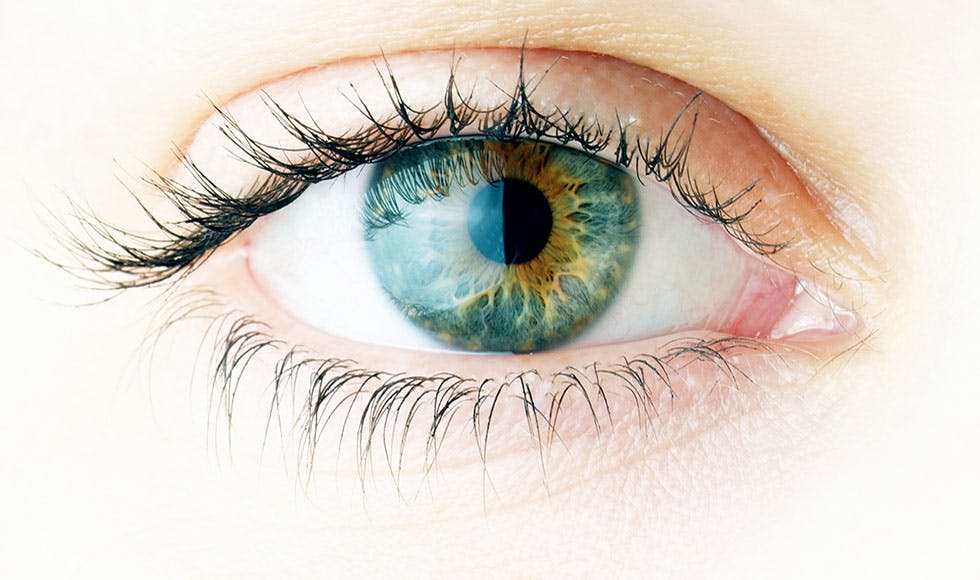
- Health hub/
- Eye health/
- Eyestrain: ways to ease your eyes


Eyestrain: what is it?
Eyestrain occurs when your eyes get fatigued from intense use such as that of long periods of computer work, reading and driving. Although it's rarely serious and generally clears with rest, it is frustrating and in some cases may be due to an underlying eye condition. Signs and symptoms of eyestrain include:
- Tired, sore, itchy or burning eyes
- Blurred or double vision
- Headache
- Watery eyes
- Dry eyes
- Sore neck
- Heightened sensitivity to light
In addition, you may also experience tiredness and concentration difficulties.
What causes it?
Common causes of eyestrain include:
- Staring at computer or video monitors for extended periods of time
- Reading for long periods
- Exposure to glare or bright lights
- Straining to see in poor light
Modern day eyestrain is frequently the result of computer use, referred to as computer vision syndrome1. Sometimes, this may be caused or exacerbated by underlying eye conditions including refractive errors and eye muscle imbalances1. Outside of activities that require intensive and or prolonged use of your eyes and eye disorders, other risk factors for eyestrain include stress and tiredness.
What can I do to treat it?
Unsurprisingly, the best cure for eyestrain is prevention and it really comes down to common sense – taking regular breaks from intense work that involves your eyes, and focusing on changes in your work environment and habits. Here are some simple guidelines to treat and/or prevent eyestrain:
- When working, especially if doing close-up tasks, ensure that your environment is well and evenly lit.
- If watching TV, keep the area softly lit as the contrast between the TV screen and the room may cause eyestrain.
- When reading, try having a light behind you that directs light onto your page or if reading at a desk, use a shaded light stationed in front of you. These help to focus the light where it's needed and not directly into your eyes.
- Regular eye breaks. Try to take a break every 15 minutes, look around the room and into the distance and also close your eyes for a moment. Aim for a 5 minute rest every hour and if you can't have a complete break, use the time to do other tasks such as making phone calls or filing.
- Remember to blink. Blinking produces tears that help lubricate and moisten the eyes and thereby reduces dry eyes.
- Consider preservative-free artificial tears if your eyes are especially dry and remember to drink adequate water.
- Make sure any eyewear such as glasses and contacts is right for you.
Following these easy rules is likely to help you prevent eyestrain and treat it should it occur. However, for some, eyestrain problems may require assessment by your health professional, which could result in prescribed reading glasses and/or eye exercises.
What else can I do for my eye health?
While the above is your best bet for tackling eyestrain, nature has some gifts that may help too. Antioxidant-rich bilberries have been used traditionally for eye disorders such as eyestrain. And remember, just as every other part of your body requires sleep, so too the eyes.
Top 5 tips for saying no to square eyes
Here are some ways for prevent computer-related eyestrain:
Ensure that your screen is correctly positioned
Station it directly in front of you (51–71cm away from your eyes or around arms length). If you're straining to read print on the screen, consider increasing the font size. The top of the screen should be positioned at eye level or below.
Make sure you have appropriate lighting and low glare
Excessive glare and light can make it difficult to see the monitor and can strain your eyes. A simple way to assess glare is to look at the monitor when the computer is off, which allows you to see reflected light and images. Remember that sources of glare are commonly behind or above you, such as sunlight and fluorescent lights. A glare-reducing screen may be a good investment.
Keep your screen clean
Clean dust off the screen regularly as it can contribute to problems with reflection and glare.
Station your keyboard correctly
Position your keyboard directly in front of your monitor. If it's off to the side or at an angle, your eyes may fatigue due to having to focus at varying distances from your screen.
Place your other reading materials close by
If possible, keep other reading documents that you frequently refer to in a document holder. Position the holder next to your monitor and at the same angle, distance and level as your eyes are to the monitor. This may prevent eyestrain by lessening the need of your eyes to constantly readjust.




